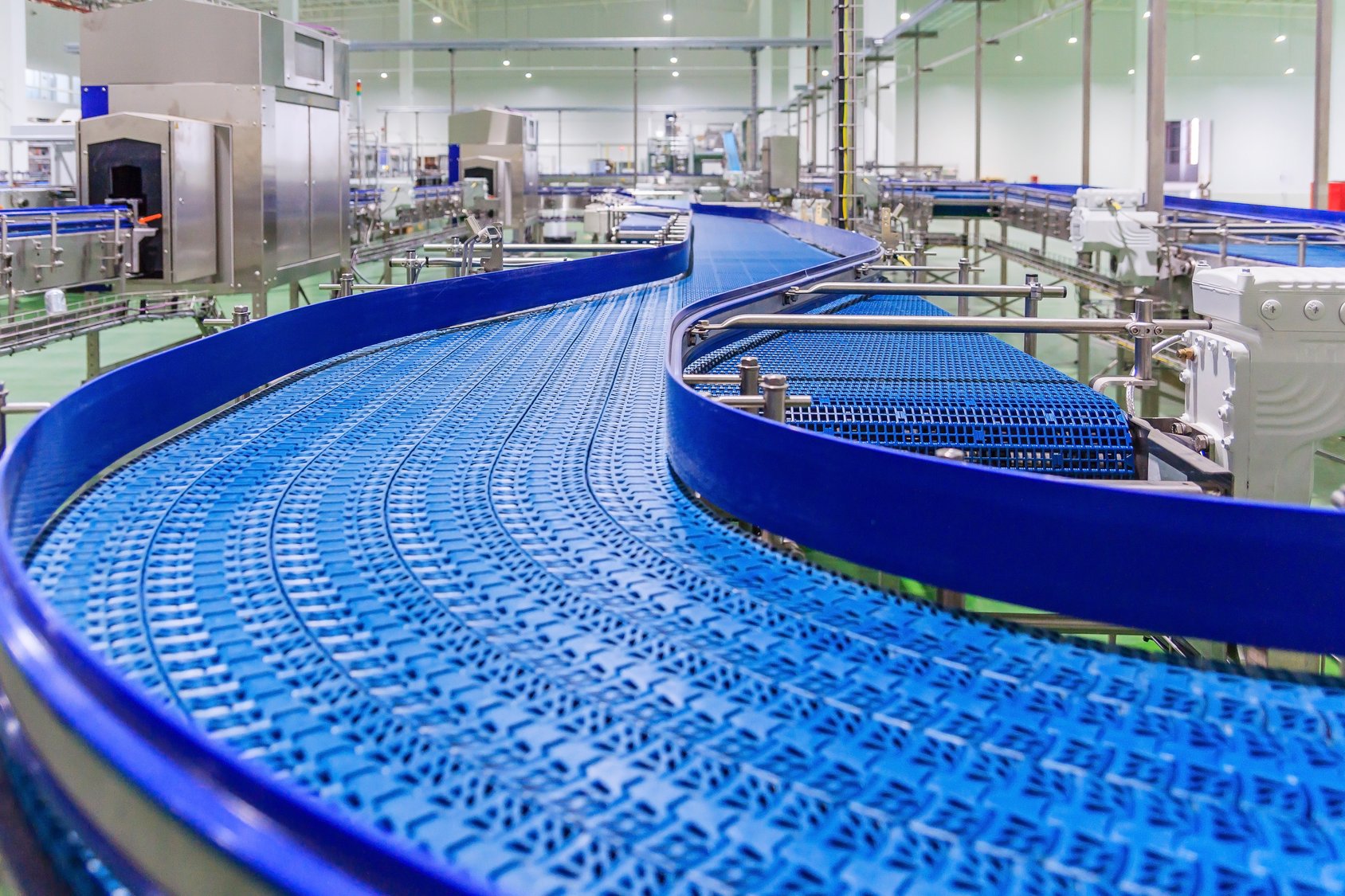What is a KPI?
A KPI (key performance indicator) is a measurement of value that can be quantitative or qualitative in nature. Manufacturing companies typically use and track KPIs to determine how a particular area of operations is performing. KPIs are ideally presented in dashboard format, giving decision makers the ability to quickly answer the questions like, “How are we are doing?” and “What is causing performance issues?” Think of KPIs as a company or department’s scoreboard for how the team is playing the game.
Every company is different and, in my experience, so are its KPIs. What’s important to know is that KPIs are limited by the software systems the company uses to manage and track them. More specifically, if a company does not have sophisticated software systems, the default KPI becomes “dollars.” For example, dollars shipped on a specific day, week, month, etc. More sophisticated software offers the ability to measure things at a more granular level.
What manufacturing KPIs should I consider?
Below are some KPIs commonly used by manufacturing companies. The list is not exhaustive, but rather a starting point.
Direct vs. indirect labor costs
It is difficult for some companies to get a true picture of direct (e.g. expenses that can be tied to a specific activity, such as creating a work order) versus indirect (e.g. expenses that cannot be tied to an activity, such as being in meetings, on break, etc.) costs. Having the ability to clearly see the difference in these costs helps companies manage how efficiently their employees are working and spending their time.
Estimated vs. actual costs
If a company has a “to order” model—meaning it makes, engineers, or configures when a customer places an order—costing is one of the most important manufacturing metrics. When a company can understand how much something costs, it’s then able to apply mark-ups to make sure the work will be profitable. If there isn’t a way to compare what it actually costs to make the order with the estimate of what it would cost, then the profitability picture is murky. Conversely, if a company can estimate a job and then “close the loop” by understanding its actual costs, it can become better at estimating the next job—especially if that next job is similar to something that’s been manufactured before.
Related: 4 Factors That Affect Your Production Costs
Related: How To Calculate Total Manufacturing Costs
Gross profit by sales order, work order, etc.
Did we make money on this? It’s a common question that would seem easy to answer, but can be elusive. In many cases, companies know their overall profit margins by month or quarter, but cannot tell if they were profitable on an order-by-order basis. Why is this important? If you understand your profitability down to the order level, you may learn there is business you’re taking that you shouldn’t be, and other business you should be trying to get more of. I frequently see companies confuse volume with profitability—you may have a customer that sends a lot of business your way, but it takes too much work to complete the order, and you end up losing money or breaking even on the job.
On-time delivery performance
This is a common, and extremely important, manufacturing KPI. It is essentially a measure of a company’s ability to keep its promises. When a customer calls and asks “When can you ship this?,” you have to give an answer. For companies that do not have a granular view of their capacity and materials, the answer is often a guess, or a standard lead time. A true on-time delivery performance metric will reveal how accurately a company delivers product based on when it promises that delivery. This KPI is usually represented as a percentage. Once a company has better tools in place, it can often decrease its lead times and increase on-time delivery performance, which then increases customer satisfaction and customer orders.
Related: Manage Your On-time Delivery with Infor Enterprise Planning (ERP)
Vendor performance
Another of the more common manufacturing metrics is measuring how well your vendors perform in delivering product to you. It can be as simple as tracking on-time delivery, but is often coupled with quality ratings as well, depending on the industry. You may have vendors that deliver fast and inexpensively, but perhaps the quality of the product could be better. Understanding which vendors supply high-quality product quickly and reliably helps companies make better promises their customers.
Cycle time
Not to be confused with lead time, which is the amount of time it takes from placing an order to when the order is actually delivered to the customer, cycle time is the actual amount of time it takes to manufacture the product. A lot of manufacturing companies will analyze the difference between cycle time and lead time to see where gains can be made in the process. Some Infor ERP products have tools to help companies better understand where these differences lie, so that they can more easily analyze productivity issues.
Scheduled vs. unscheduled maintenance
This manufacturing metric is fairly straightforward; it is used to understand how well preventative maintenance programs are performing. Companies schedule routine maintenance that makes equipment (and thus capacity) unavailable. Since it is planned, this type of maintenance can be forecasted and accounted for in the overall picture of capacity. Unplanned maintenance is the opposite. Understanding the impact of unscheduled maintenance on your capacity and productivity can help you improve your preventative programs, or determine if new equipment would be beneficial.
Returned product
This is a quality measurement that companies use at a high level to measure their product value and order accuracy. Knowing how many returns you receive versus how many orders are shipped, along with reasons for returns, can help identify product or order accuracy problems.
Throughput
This measurement tells you the velocity at which product is being produced so production performance can be better understood. In essence, how much product can get produced in a given amount of time? Many ERP solutions can tell you your throughput, as well as identify what areas in your plant are causing bottlenecks that slow down throughput.
Setup changes
In some manufacturing environments, there are significant setup times associated with preparing a machine to produce product. A simple example is a paint line. When paint color needs to be changed, it triggers a new setup. Think of a wrought-iron furniture manufacturer that paints furniture black, green, and white. The company must think about how to maximize throughput based on paint color, so setup times are minimized. A manufacturer like this cannot change paint colors on the fly without negatively impacting efficiency.
Overtime rates
How much extra are you paying employees versus their standard rate? Understanding overtime costs can reveal why things may be taking longer to complete than originally planned. This manufacturing KPI gives insight into training needs, capacity needs, or whether to hire more workers.
Scrap material value
Some material left over after production is unusable, and some is reusable. This manufacturing metric tracks the value of any scrap that can be sold.
Avoided costs
This is a measure of planned maintenance costs and how investing in a preventive maintenance program can help avoid repair costs and unexpected downtime for equipment.
Perfect order percentage
This KPI tells you how many orders were shipped without an issue (e.g. late delivery, return, wrong product, etc.)
Total cycle time
While cycle time is how long it takes to make your product, total cycle time measures the period from initial contact with a customer to delivery of their product. This includes all the time involved in quoting, engineering, pricing, ordering, manufacturing, shipping, and invoicing for a product. Measuring total cycle time can help reveal where things may be slowing down within your organization outside the manufacturing process.
Defect rate
Defect rate measures how many production flaws exist in the course of manufacturing. Measuring this KPI could help you understand if a machine needs maintenance, or if certain employees need more training.
Take the first step
Putting solid manufacturing KPIs in place is the first step to improving a company. You cannot manage unless you measure. KPIs are important “scoreboards” to have, but perhaps more important is the system providing this data. If you have an ERP in place, then you have the platform to inform these KPIs and many more. If you do not have an ERP, then the job is quite a bit more difficult.
If you’re searching for an ERP solution and not sure where to start, download our eBook: “How to Select ERP and Not Regret It.” Also available to you is talking to an expert who is not a sales person? Click here to learn more about Bryan Foshee, President of Visual South, and sign up for a free phone consultation to discuss your situation.










